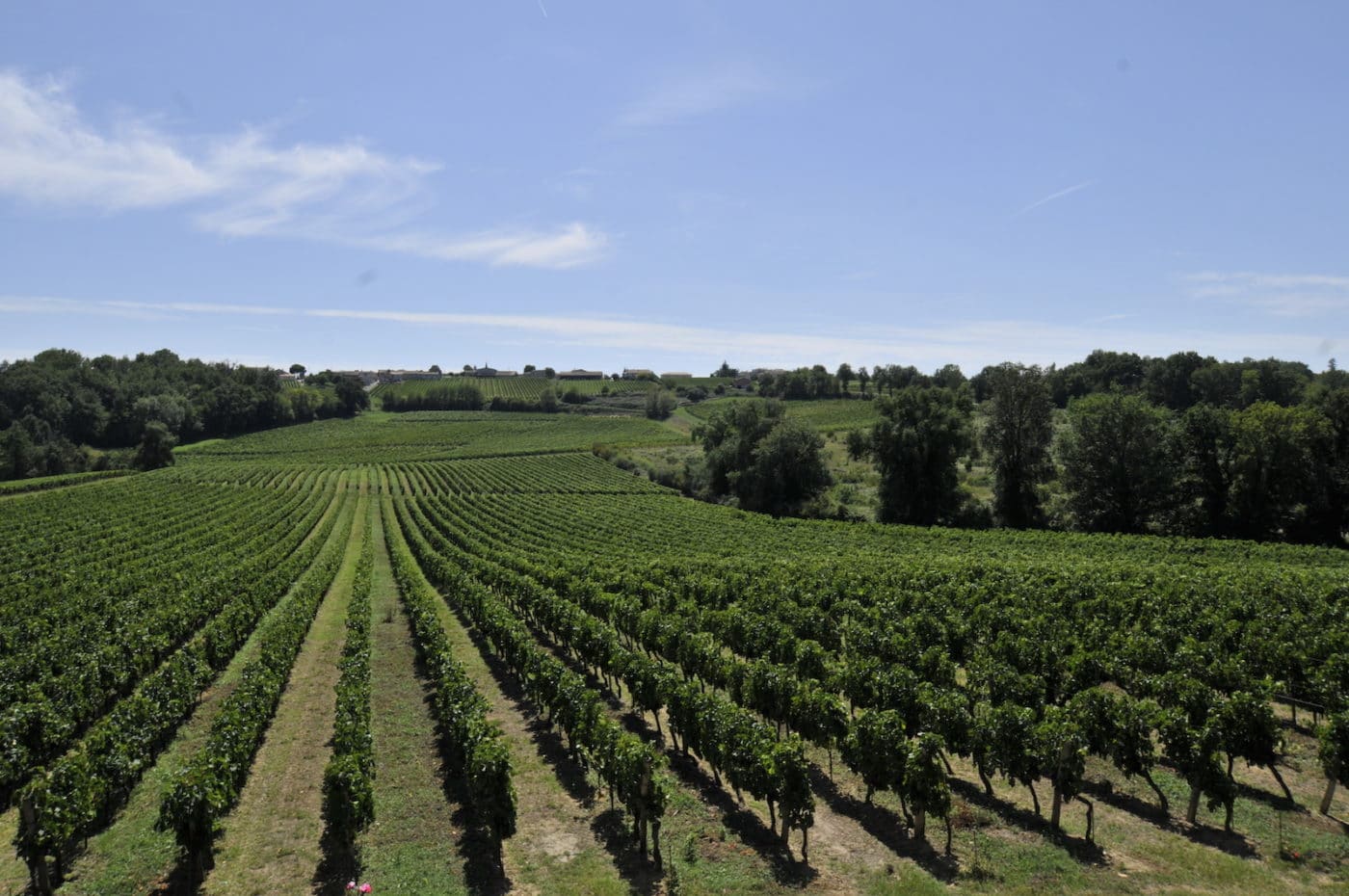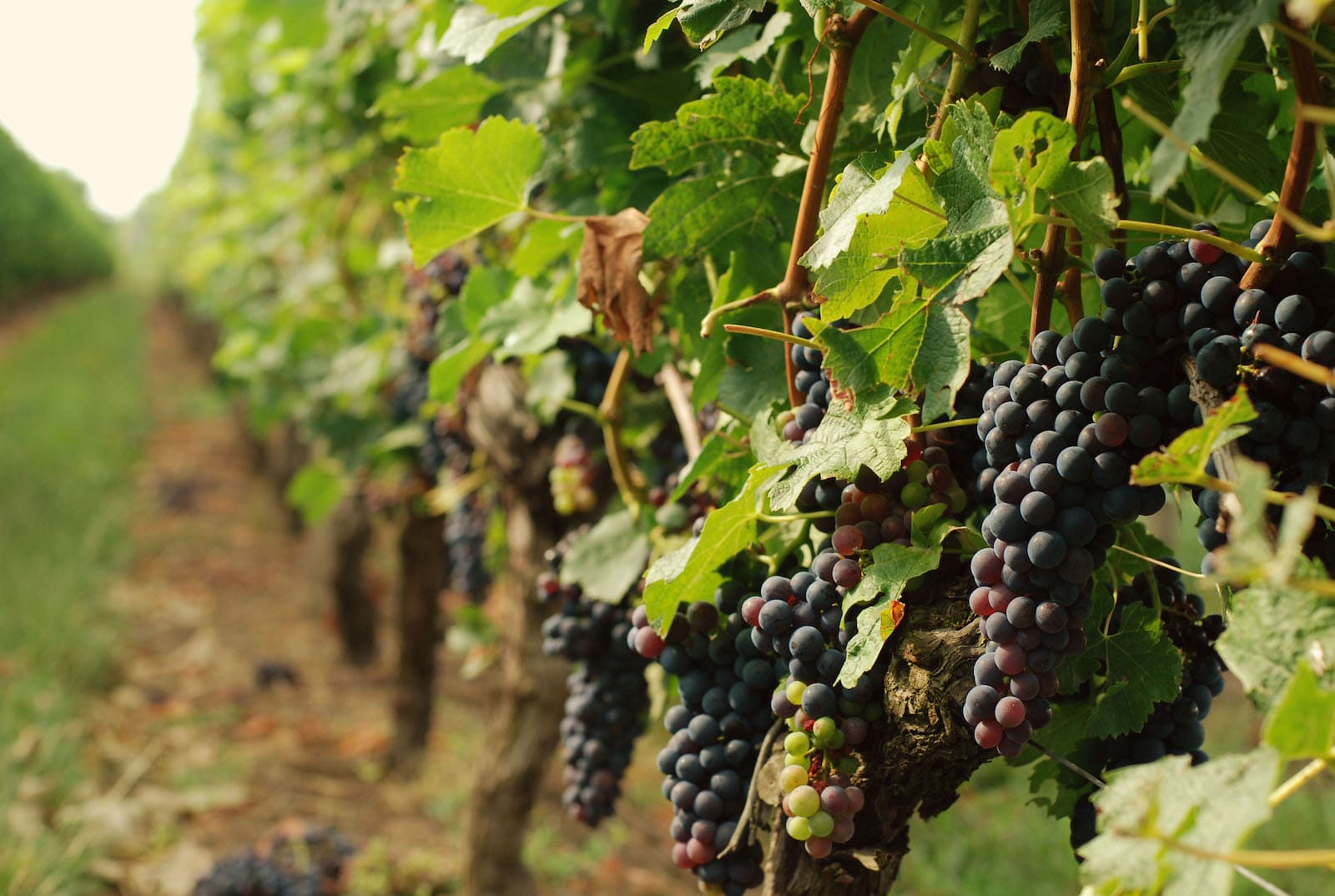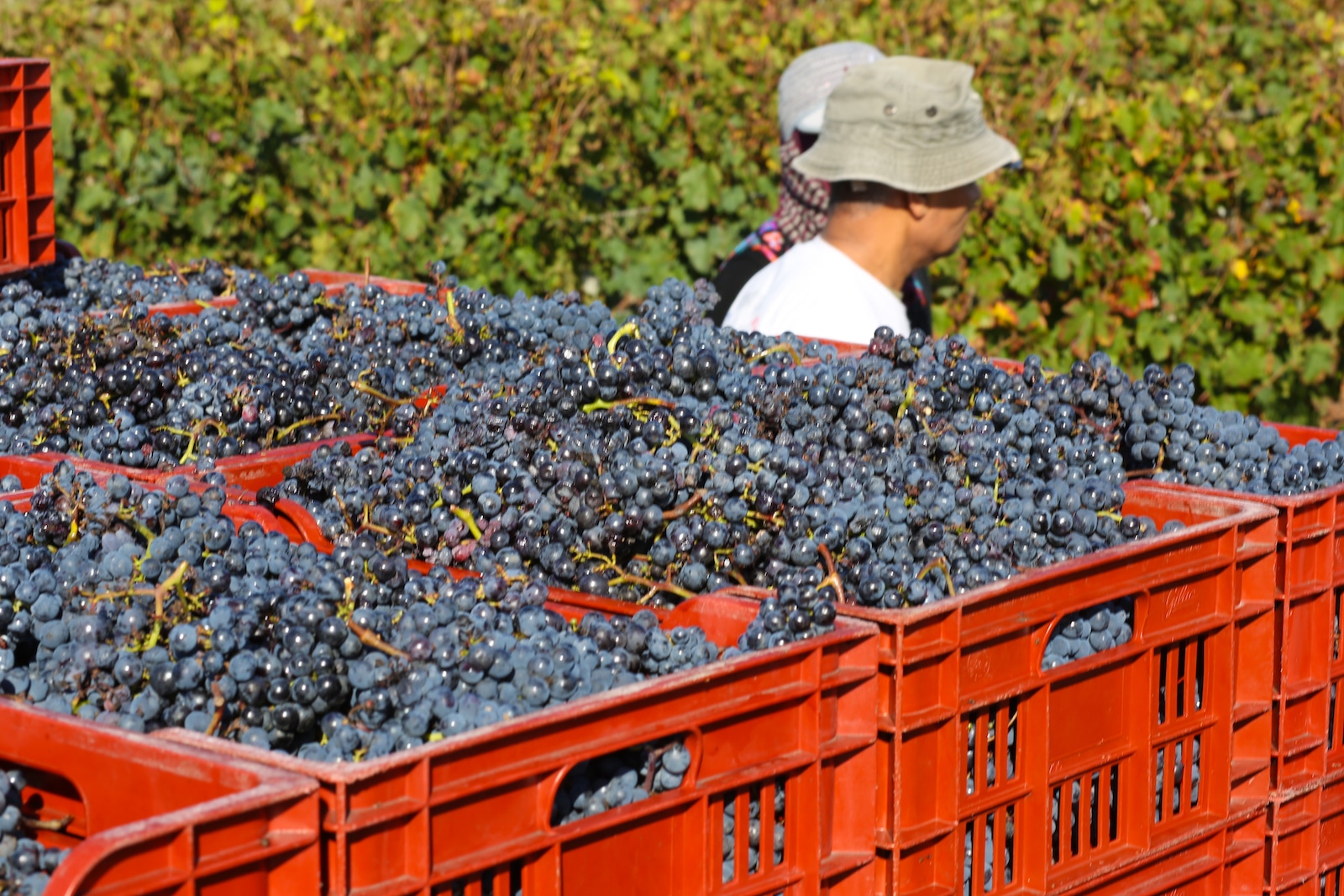- The Weather and its effect on vineyards. It may sound like we are stating the obvious but the first thing to consider is that a Bordeaux winery is a farm, producing a fruit, that relies on healthy soils, sun, rain and of course photosynthesis. Technology has advanced in giant steps in recent years and the effects of the weather have been narrowed, however, it would be a risk to expect that each year will provide the perfect weather. Indeed, although there are those who claim to never be affected seriously as a general rule you could expect to have one serious weather event every 10 years.
- Wine sales. Sales and distribution are the life blood of any business operation. A healthy winery is no different. The risk is to hope that wine will sell itself. As a general rule the more prestigious the wine appellation the more likely that wine will attract a strong market. So, for example a Saint Emilion Grand Cru will most likely find a ready market for its wine product more easily than a neighbouring Cotes de Bordeaux Castillon. However, this comes at a price, a Saint Emilion might cost 500,000 Euros per hectare while a Castillon, only two hundred metres away, might cost 50,000 Euros per hectare. The effect of the appellation on distribution is a strategy to consider carefully with your advisors.
- Expert Advice. Working with an estate agent is a risk as opposed to working with a seasoned vineyard transaction manager. There is a world of difference in the structure, background and training of these two different professionals. But if considered logically it is evident that a team that specialises in (non-commercial) residential sales is unlikely to have the same expertise, market knowledge, influence and network as a professional working in a different market such as commercial wineries. The former has limited need for strategy and business investigation while the latter requires careful consideration throughout the search, targeting, procurement, legal, accounting, economic, negotiation, financing and acquisition processes. In any business endeavour, especially in a new or unfamiliar market, it can be risky if not working with an expert advisor.
- Regulatory obligations. There are a number of capital costs that a Bordeaux winery is obligated to make. Existing owners may not have been required to make the expenditures simply because there are not enough inspectors to regularly visit each winery in Bordeaux. Furthermore, the capex exposure can range significantly with some issues being relatively small and others quite significant. For example, here are few that might crop up that we keep an eye out for.
- Providing a dedicated locked closet for chemical storage. Probably under 1000 Euros
- Replacing safety handrails in the winery. This is unlikely to be more than 5,000 Euros
- Paying an employee for vacation time that was not taken – perhaps two or three thousand Euros.
- A tractor rinsing station – this is likely to be more expensive and might be more like 20,000 Euros if a subterranean water recuperation tank is installed
- Plant density too low for AOP standards. France requires that each AOP must have a plant density (the number of plants per hectare) that conforms to current regulations. For example, if a one hectare parcel of vines is planted at 2,500 plants per hectare but needs to be at 4,000 plants per hectare by 2025 then this would not be a significant capex burden and could be absorbed into a normal replanted and vineyard renovation strategy. But if there are 10 hectares of a 15 hectare estate that need to be replanting – this could be very expensive – somewhere between 20,000 and 30,000 per hectare depending on whether grants are available and the extent of the lost production (it takes 3 years for a vine to enter into wine grape production)
- Over reliance on chemical treatments. If a vineyard has relied heavily on chemical treatments to achieve yields it may have to reconsider its strategy with new EU and French regulations on the use of herbicides.
- PCP’s – if roof timbers have evidence of PCP chemicals (which ruin wine) the entire roof may need to be replaced. 50 to 100,000 Euros.
- A waste water treatment system. This can range from 30,000 to over 100,000 Euros depending on the type and size of the system.
- Too many employees. Like all businesses, the biggest overhead is likely to be human personnel. With technology advancing year on year and new work practices promoting efficiencies it is well worth analysing how your strategy fits with staff needs and mechanical options. It would be a risk to take over an operation that has too many staff members and an inefficient business plan – perhaps a business plan that is outdated or only maintained due to long standing relationships with team members over many years. Letting staff go in France, especially staff that have been with a business for a long time can be a costly business. The solution is to have a well thought out business plan that corresponds with your strategy and that identifies the staff profile that works for you. In this way it can be considered at the time of purchase as opposed to some months after the sale when the cost of letting staff go will fall uniquely to you as the new owner.
- Organic farming. If your personal philosophy and value system identifies with organic farming practices, then this is not so much a risk as a non-negotiable choice. But if it is not a “heart choice” then organic farming can open you up to a number of climatic risks that can damage your crop and, in some cases, eliminate a large percentage. You would be helpless to respond with chemical treatments since, as an organic farmer this would be forbidden. Another risk to consider is that if your heart is very much in favour of organic farming practices it would be a risk to purchase a vineyard and winery that is not already certified organic. This is because it takes several years for a farm to undergo its conversion from non-organic to organic.
- Spending too much on the residence. Part of the joy of owning a Bordeaux winery is the stunning lifestyle options available to a new owner. But it is wise to remember that the residence is a non-performing asset in terms of cashflow and while it is an asset that may appreciate it is unlikely to earn you anything on your P&L statement. Like all real estate investments, it is a risk to overspend on renovations or upgrades and then assume that the market will return to you what you have put into the renovation works. There is no doubt that when you come to sell, a renovated well-presented residence will be a great advantage, but exercising wisdom and getting professional advice on what to spend money on that will bring a return is probably sensible. At least then you can make a decision on what is “market” expenditure and what is personal or luxury expenditure that you want to invest knowing that it is for your own enjoyment only.
The vineyard lifestyle is both rewarding and enriching but for it to yield a return on investment, careful consideration of the risks with a seasoned vineyard expert professional is to be encouraged. Write to Michael with any questions at michael@vineyardsbordeaux.com or call Michael Baynes or Karin Maxwell for a consultation today +33 557 84 81 88.


